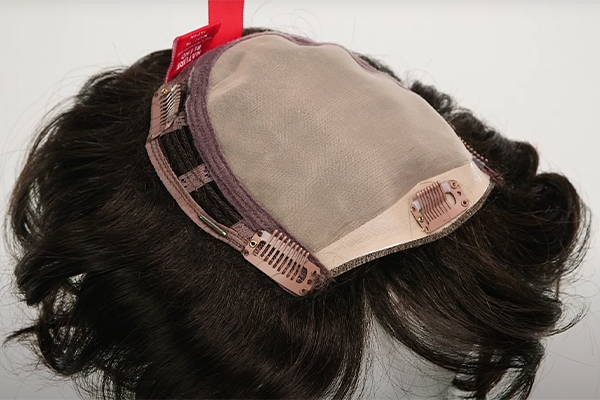Guide to Hair Toppers Base Materials
Shopping for hair toppers can be overwhelming, especially when all the technical terms like "monofilament" and "polyurethane" are thrown around. Understanding their purpose and how they contribute to the natural look and feel of your hair piece can make all the difference in finding the perfect fit. Let's take a closer look at the most common topper base materials and what their job is.
Monofilament (hand-tied)
Referring to the mesh area of the topper where each hair is tied on. Mimics the appearance of natural hair growth and allows the hair to be parted in any direction.
Wefts/Wefted
Hair sewn together into strips, providing fuller density and durability. Lower in cost and production time frame.
So now that you’re a pro when it comes to topper jargon, you’re ready to step up your hair game. We also recommend taking our online topper quiz to help guide you to the best topper for your lifestyle and hair loss needs.







